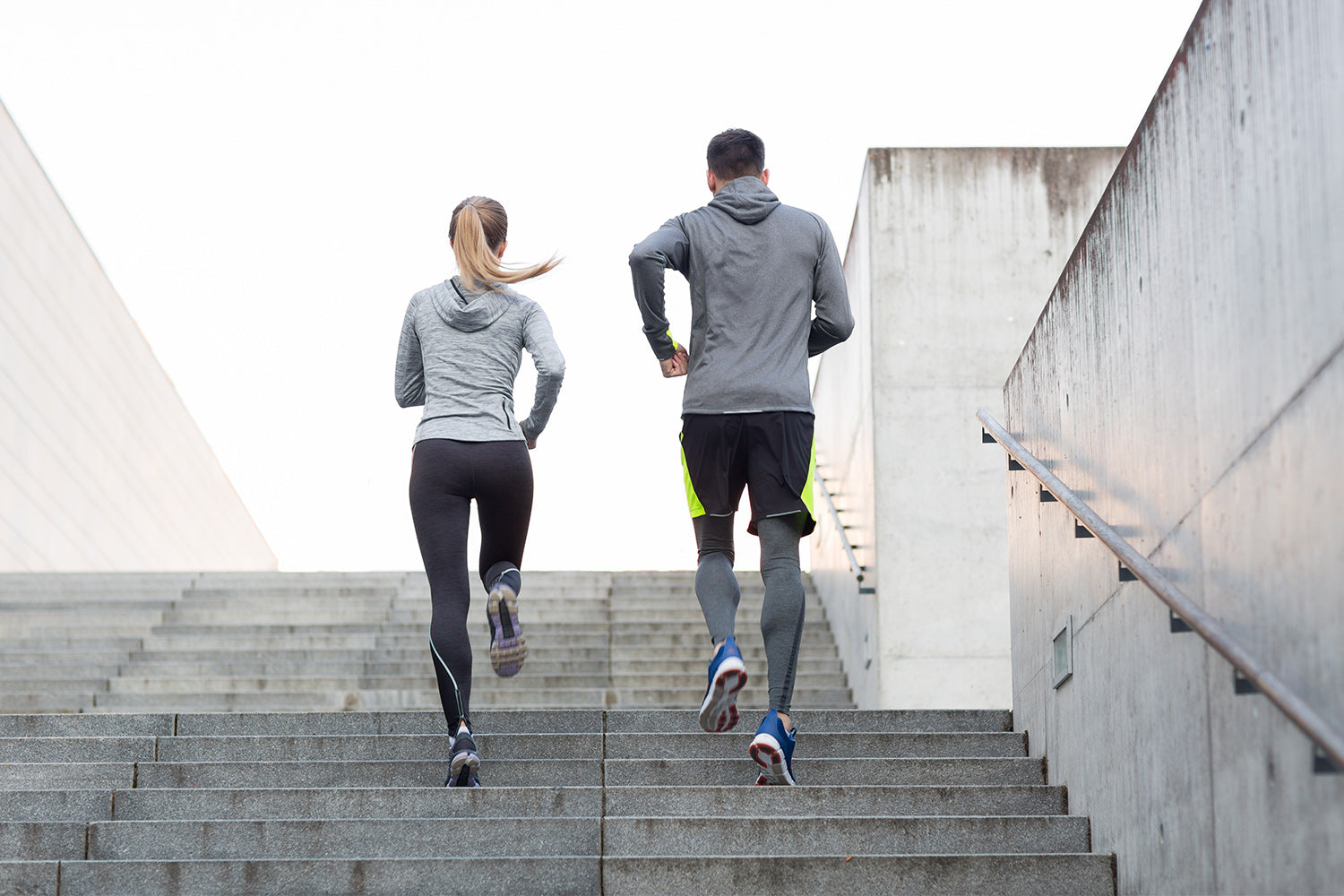The human body must pump blood throughout itself to provide oxygen and nutrients for the brain and other components for the human body to function properly.
This process is measured by a term called “cardiac output,” which determines the amount of blood pumped by the heart in a given minute. It is equal to the stroke volume (the amount of blood your heart can pump in a minute) multiplied by the heart rate.
You might be wondering to yourself: why does my heart rate feel higher or lower in specific situations? This is a common thing that people may question; especially at the gym, your body noticeably increases its heart rate when you’re exerting any form of exercise. Let’s take a look at why this happens.
How Does Exercise Cause Increased Heart Rate?
When your body is exercising, your muscles end up requiring more oxygen than normal due to the extra force you’ve inflicted upon them.
The body needs three to four times its normal cardiac output (at resting heart rate) during this instance. You might be wondering how your body can take on this rapid change every time you find yourself working out. In short, it will increase both the heart rate and stroke volume at any given time to reach these onset circumstances.
Normal cardiac output will pump approximately five to six liters of blood every minute while the body is resting. This cardiac output is very significant for the body to maintain while exerting forces elsewhere in its muscles. Your blood needs substantial oxygen in it to be transmitted throughout other organs and to your brain.
Healthiness of Exercise
Now some of you might assume that increasing your cardiac output this frequently might be bad for your overall health, but it’s very good for you. Since the heart muscle acts more efficiently when your body exercises, it becomes aided by the muscles circulating blood as well.
This takes the strain off of solely relying on the heart for this measure. In short, it requires less work from the heart while increasing muscle strength over a longer period.
Health Benefits
To continue across this notion that increasing your heart rate improves your overall health, decreasing the chances of contracting something that will negatively impact your heart health.
Exercise greatly lowers the likelihood of individuals contracting forms of heart disease across the board. Improved cardiovascular health will raise the amount of your HDL cholesterol and lower the amount of LDL cholesterol.
Not only will you notice physical benefits to your body like weight loss and better heart health, but your resting heart rate will also lower too as you’re not putting as much stress on it to function by exercising so frequently and building up its strength.
Exercising 101
Physical exercise of any type is going to be effective at helping your body. To determine precisely how hard you would need to exercise to raise your heart rate to a specific level, this would depend on the size of the person’s health to begin with.
Even if you’re somebody that doesn’t exercise, to begin with, any basic form of cardio can go a long way.
Jogging, rowing, swimming laps, and ellipticals are all solid examples of exercises you can perform to get the heart rate going. Generally speaking, the more intense your exercise is, the higher your heart rate will increase. With this being said, you do not need to commit to high-impact levels of training to achieve results.
There are plenty of low-impact exercises that can help people reach fitness levels that they’d also find by committing to more intense training sessions, such as running for five miles or doing jumping jacks for an extended period.
The appeal of low-impact exercising is that it is much less strenuous on peoples’ joints, leading to a much lesser risk of contracting an injury while exercising but simultaneously building muscle and raising their heart rate.
Interval Training
A very effective way that people can positively spike their heart rate is called interval training. This method can be performed in a highly intense manner to notice the best results and combines modes of cardio with another exercise that substitutes time for the place of resting.
In shorter terms, high-intensity interval training (HIIT training) will not allow the body to return its heart rate closer to a resting pace by implementing lower intensity exercises between high-intensity exercises.
For example, if you decided to run at eight miles per hour on a treadmill for thirty seconds and then immediately walked at three miles per hour for two minutes, this would qualify as a HIIT workout.
Depending on how many times you repeat these steps, the higher your heart rate will climb. The allure of HIIT workouts is the consistency that it will keep your heart rate, or an extended amount of time, even after you’ve finished exercising. This will also decrease your resting heart rate and improve your overall health in the process.
If you’re interested in interval training, check out the Ski-Row Air and Ski-Row Air+PWR machines from EnergyFit. These pieces of equipment serve as dual-function cardio machines that specialize as rowing machines and ski trainers; both excellent forms of cardio that can be done individually or combined into interval training sessions if you’re looking for the best possible burn!
Sources:
How Does Exercise Affect Your Heart, and What are the Benefits? | New England Baptist Hospital





Leave a comment
All comments are moderated before being published.
This site is protected by hCaptcha and the hCaptcha Privacy Policy and Terms of Service apply.